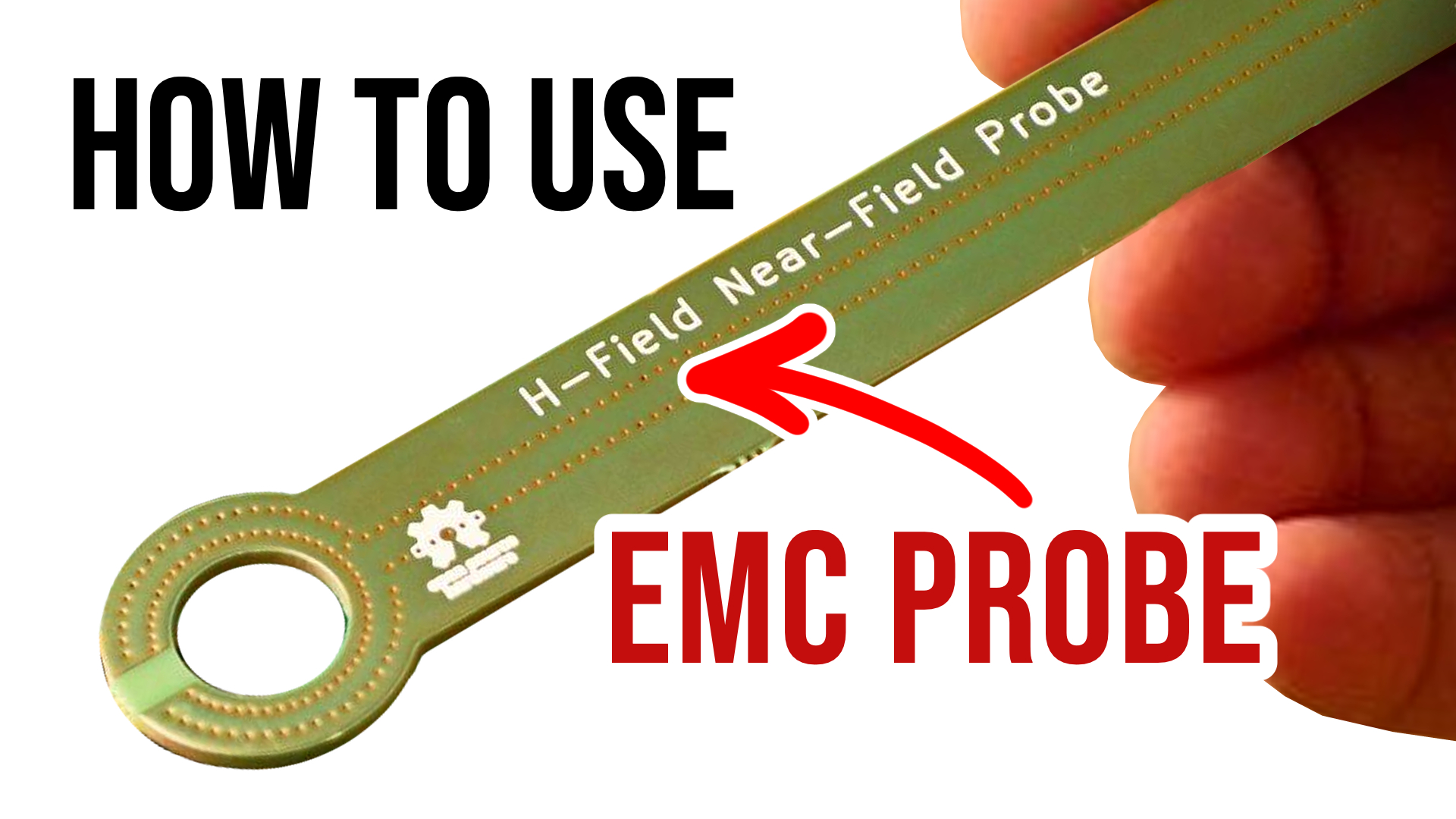How to decide on Minimum Gap / Clearance in PCB Layout
During PCB layout, you have to decide on clearance between traces. Here are 3 key factors you may need to consider:
Manufacturing capabilities
Check with your PCB manufacturer, what is the minimum gap they can actually manufacture. Many PCB manufacturers have it on their website, as an example check this SQP International. Note: Normally I do not use clearance smaller than 0.1mm (4mil).Signal requirements
For critical signals, you may want to use a bigger clearance as is the minimum manufacturing gap. One of the main factors to consider is crosstalk (as you know, signals routed close to each other can influence each other). If you are not sure how big the gap should be, you can use a Crosstalk calculator e.g. download Saturn PCB Toolkit -> Crosstalk Calculator TAB. For critical signals you may be looking to achieve crosstalk coeficient -30dB or lower ( e.g -35dB, -40dB, …. see the Table in the next paragraph).Picture: Screenshot from Saturn PCB Toolkit -> Crosstalk Calculator TAB

The table below shows some examples of recommended spacing based on H, where H is dielectricum height between signal layer and reference plane (notice the crosstalk coeficient which in these examples is between -22dB to -35dB):
Table: Examples of recommended spacing between tracks
Table: Examples of recommended spacing between tracks

Have a look also at High Speed PCB Design Rules (Lesson 4 of Advanced PCB Layout) post – especially the Rule 6: Be aware of tracks running in parallel. That may help you.
Electrical requirements
If you are designing a board for higher voltage (e.g. 240V), the minimum gap can be calculated and has to follow some rules or meet some requirements. As a good starting point, you can use Saturn PCB Toolkit -> Conductor Spacing TAB. However, it may be more complicated. You may need to consider other factors, for example the environment where the board will be located and also read and study some regulations.Picture: Screenshot from Saturn PCB Toolkit -> Conductor Spacing TAB





